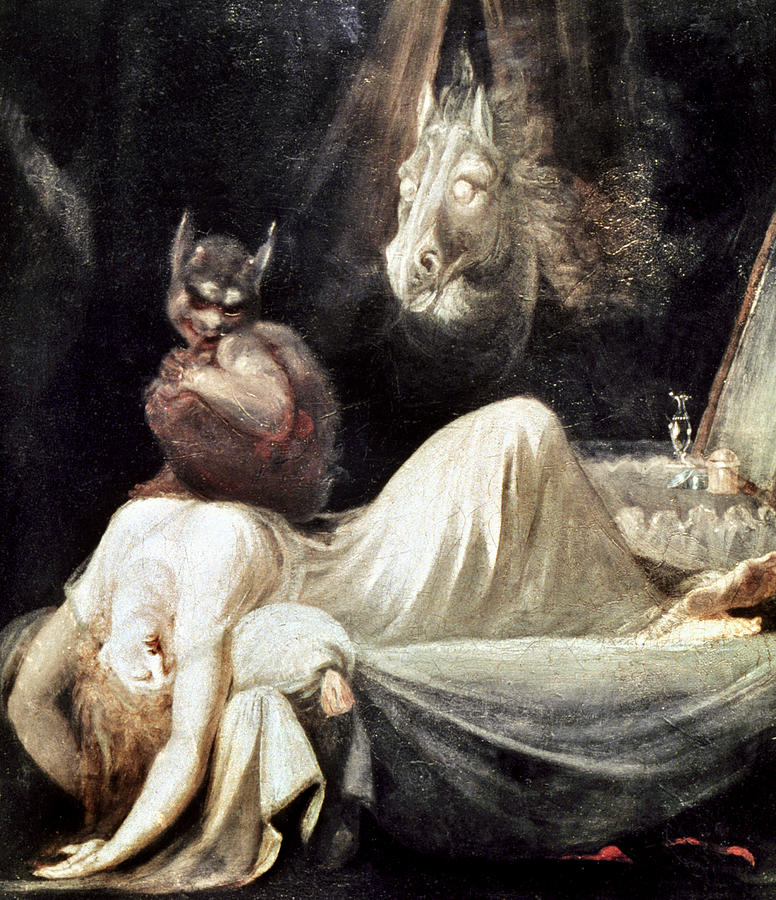

Nightmares
Of those dreams which frighten us, Shafton (1995, p. 309) wrote, "There are two peaks in the lifespan for the occurrence of nightmares: one before age 5, when occasional nightmares are commonplace, the other in adolescence. Nightmares decrease with age. Perhaps one per year is average for adults. About 5% of adults (but about 60% of Vietnam combat vets) have them frequently, while 50% of adults have no nightmares at all. One recent study, however, finds that close to 50% of college students have at least one nightmare every 2 weeks." When dealing with children who are afflicted with them or with the parents of such children, a book entitled Nightmare Help: A Guide for Parents and Teachers, said to be "For Children From Children" (Wiseman, 1986) may be useful for offering help and support. Other helpful references are the two books on nightmares by Prof. Ernest Hartmann (1984 and 1998).
Previous section Next section List of sections List of chapters